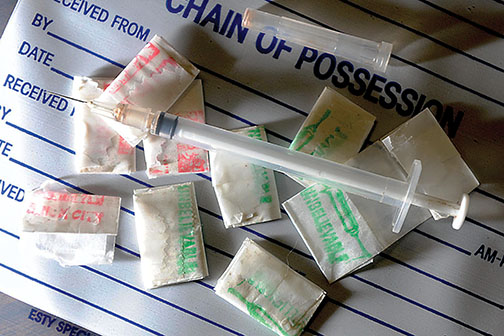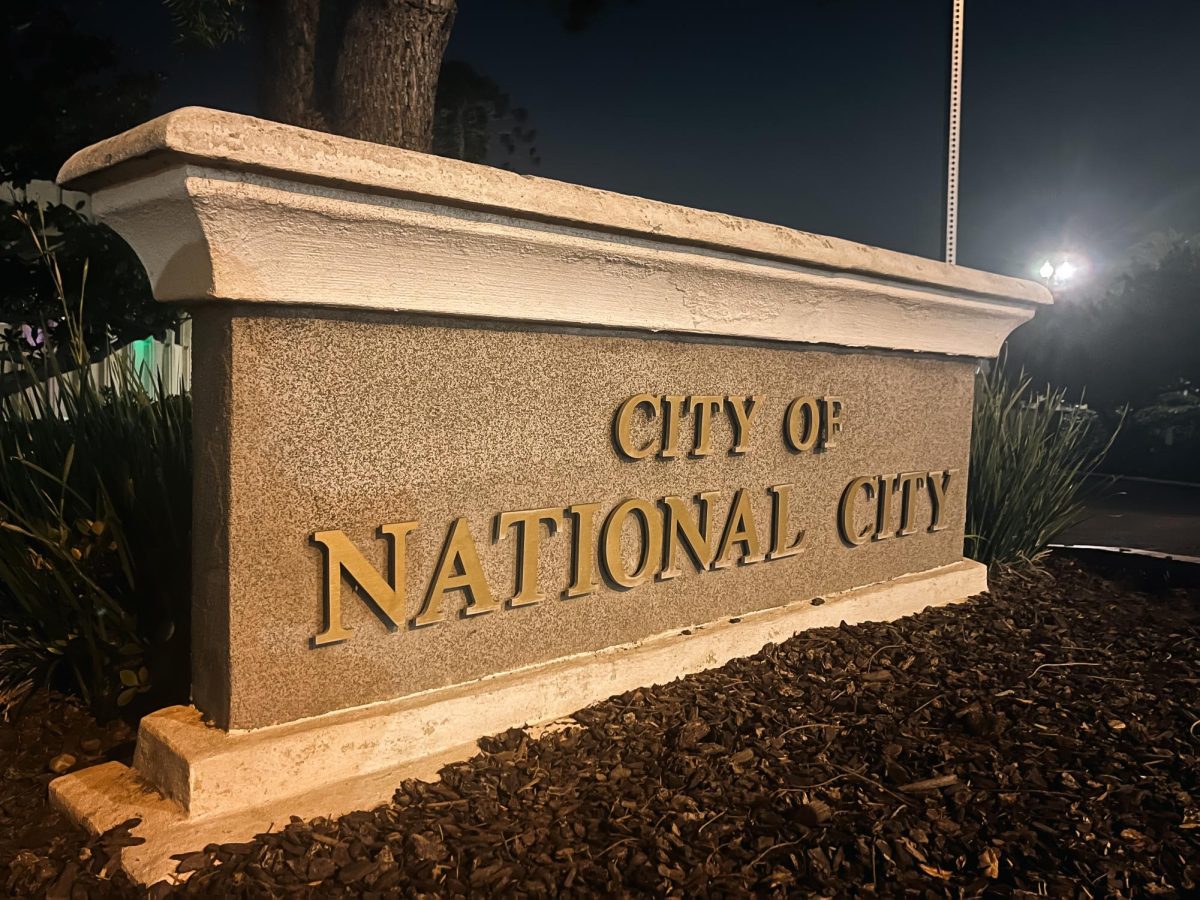According to a recent report by San Diego Association of Governments Criminal Justice Research Division, opioid usage is on the rise in San Diego, where this type of illicit drug use is not typical. Opiates can include heroin, morphine, hydrocodone, hydromorphone and codeine.
The report studied recently booked inmates in San Diego jails from 2002 to 2012. The research found that the percentage of men sent to County jails, who tested positive for opiates rose from 5 to 10 percent. For women the percentage rose from 6 to 12.
In a separate report published in 2012 by The Pain Physician Journal, the number of people admitted to emergency rooms for opiate overdoses has increased nationwide as well.
Many factors could be contributing to the increase, such as the declining economy, changes in attitudes toward drugs at younger ages or the increase in doctors prescribing these substances.
The study issued by SANDAG also showed that 46 percent of those in the 18-to-24 age range reported prescription opiate abuse, showing they are “significantly more likely” to report abuse than those between ages 25 to 39, where only 32 percent reported opiate abuse.
San Diego State has also seen an increase in opiate abuse among students throughout the last 10 years, Alcohol and Other Drug Initiatives Coordinator Jim Lange said.
Though no formal surveying data collection has been conducted AOD, which is a part of SDSU’s Student Health Services, has sent out random email surveys to conclude student usage of opiates is on the rise.
SDSU Associate Psychology Professor Paul Gilbert, who teaches the drugs and behavior class at SDSU, said prescription drugs can often lead to the addiction.
“We have also seen an increase in the prescription of these opiates in the last 10 years,” Gilbert said. “People often start taking these drugs beyond ‘as prescribed.’ They give you a sort of high, and maybe if someone is depressed they may start wanting to get that high more and more.”
Gilbert said this could lead to both a psychological and physical addiction to prescription opioids. He added that once a patient’s prescription runs out, he or she may continue to seek the same high and turn to the use of illicit drugs such as heroin.
Lange said AOD Initiatives tries to bring the San Diego community together to make students aware of the dangers associated with drug use. Glibert and Lange share a main concern of students taking opiate recreationally and mixing them with other legal drugs such as alcohol.
“We are trying to help students understand that mixing opioids with alcohol, even once, can cause death,” Lange said. “Students have this misconception that they or their friends can ‘sleep it off,’ but that isn’t true.”
Another main component of the AOD Initiative is to help students recognize when a friend may have mixed the two. When this happens, counteractive medications must be administered by a medical professional to offset the effects and potentially save the person’s life.
Students are encouraged to contact the AOD office at 619-594-4133 with any questions or concerns.







